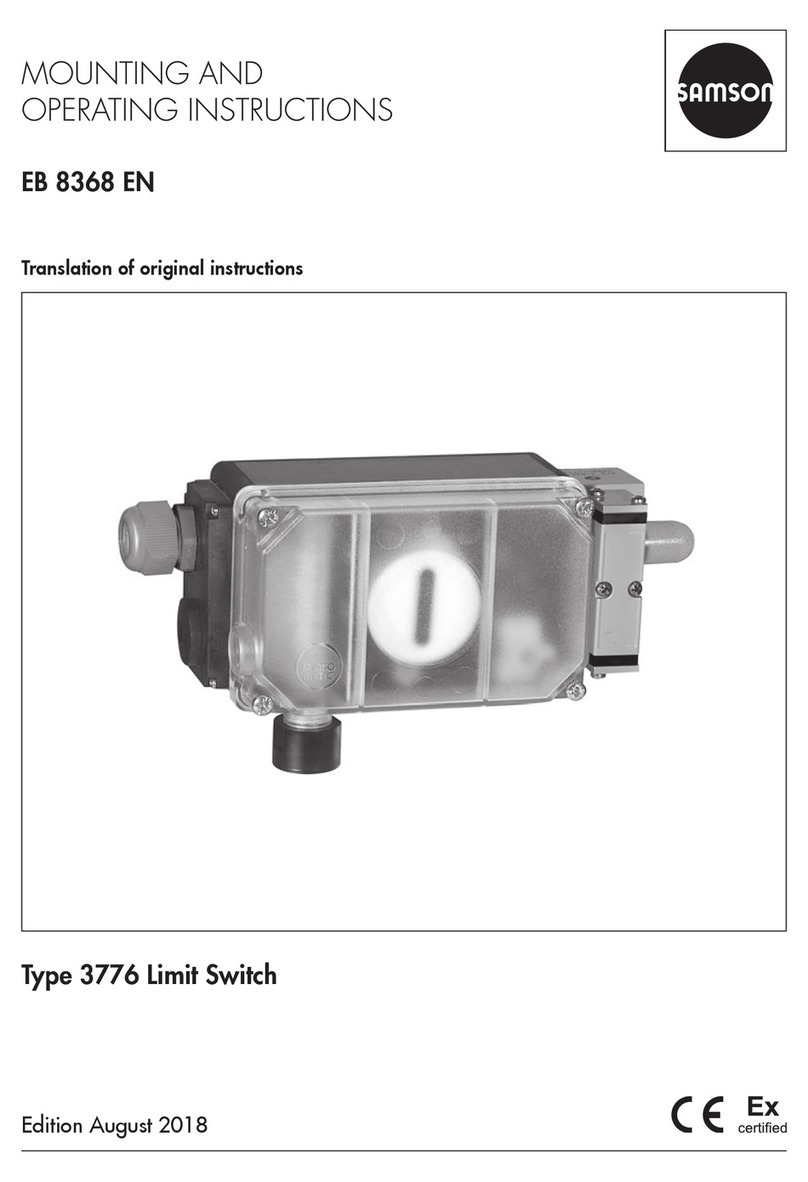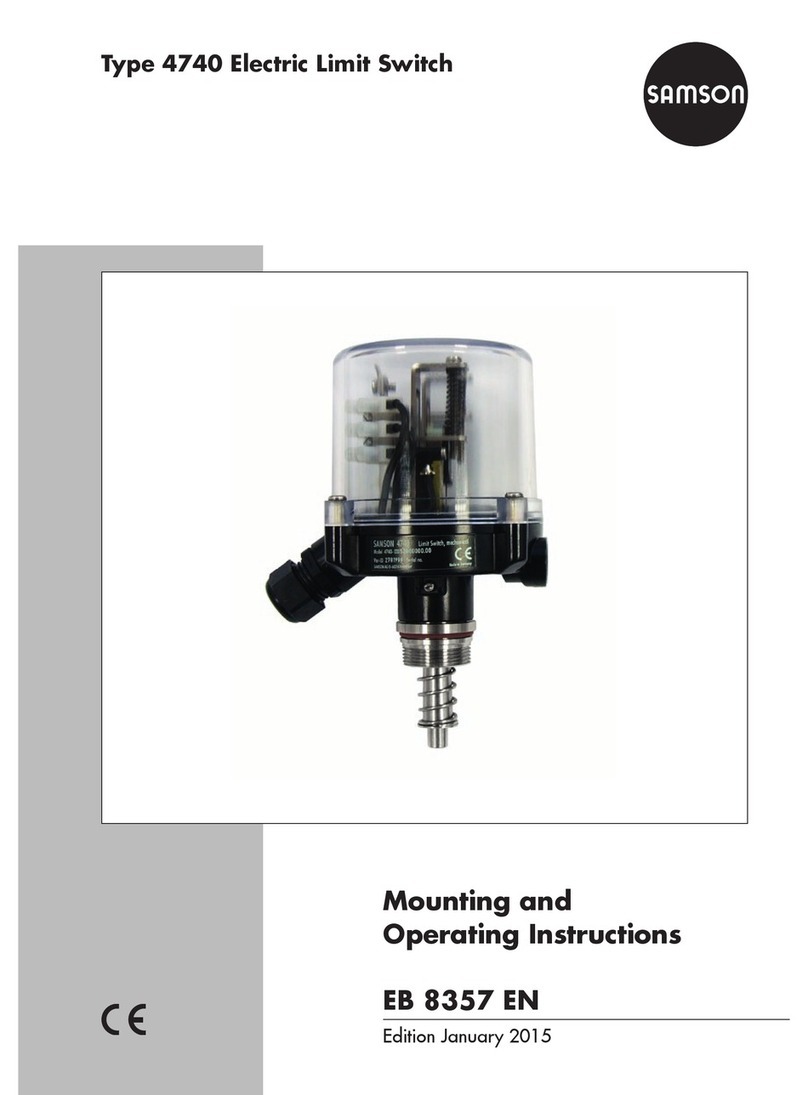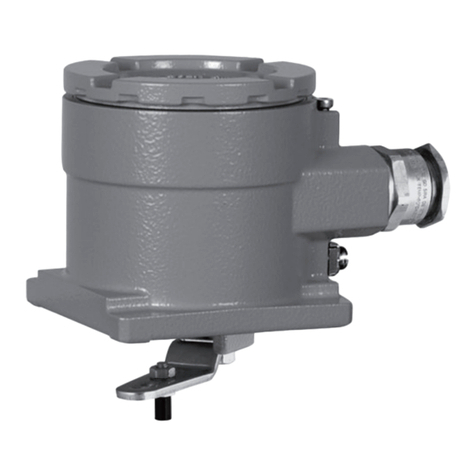
Contents
EB 8365 EN
1 Safety instructions and measures ................................................................1-1
1.1 Notes on possible severe personal injury ......................................................1-4
1.2 Notes on possible personal injury ................................................................1-4
1.3 Warnings on the device...............................................................................1-5
2 Markings on the device ..............................................................................2-1
2.1 Nameplate .................................................................................................2-1
2.2 Article code................................................................................................2-2
3 Design and principle of operation ...............................................................3-1
3.1 Type4746-x2InductiveLimitSwitch .............................................................3-1
3.2 Type4746-x3ElectricLimitSwitch................................................................3-1
3.3 Type4746-04PneumaticLimitSwitch...........................................................3-1
3.4 Technical data ............................................................................................3-3
3.5 Dimensions in mm.......................................................................................3-7
4 Shipment and on-site transport ...................................................................4-1
4.1 Accepting the delivered goods .....................................................................4-1
4.2 Removing the packaging from the limit switch ...............................................4-1
4.3 Transporting the limit switch.........................................................................4-1
4.4 Storing the limit switch.................................................................................4-1
5 Installation.................................................................................................5-1
5.1 Installation conditions..................................................................................5-1
5.2 Preparationforinstallation...........................................................................5-1
5.3 Mounting the limit switch .............................................................................5-2
5.3.1 Attachment to valve with cast yoke ...............................................................5-2
5.3.2 Attachment to valve with rod-type yoke.........................................................5-2
5.3.3 AttachmenttoType3591Valve....................................................................5-4
5.3.4 Attachment on positioners............................................................................5-6
5.4 Electrical connections ..................................................................................5-7
5.4.1 SwitchingamplierforType4746-x2...........................................................5-8
5.5 PneumaticconnectionforType4746-04 .......................................................5-8
5.6 Mountingaccessories ................................................................................5-10
6 Start-up .....................................................................................................6-1
6.1 Adjustingtheswitchingpoint .......................................................................6-1
6.1.1 Type4746-x2.............................................................................................6-1
6.1.2 Type4746-x3andType4746-04 ................................................................6-3





































